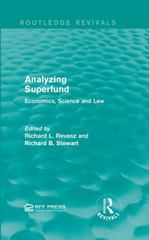Answered step by step
Verified Expert Solution
Question
1 Approved Answer
Please help me to solve these questions! I was out sick and was not in lecture and now I have no idea how to work
Please help me to solve these questions! I was out sick and was not in lecture and now I have no idea how to work this problem! I would appreciate it so much if anyone could help me out with this and I will give you a top rating as well to whomever can assist me! Thank you!!

Step by Step Solution
There are 3 Steps involved in it
Step: 1

Get Instant Access to Expert-Tailored Solutions
See step-by-step solutions with expert insights and AI powered tools for academic success
Step: 2

Step: 3

Ace Your Homework with AI
Get the answers you need in no time with our AI-driven, step-by-step assistance
Get Started


